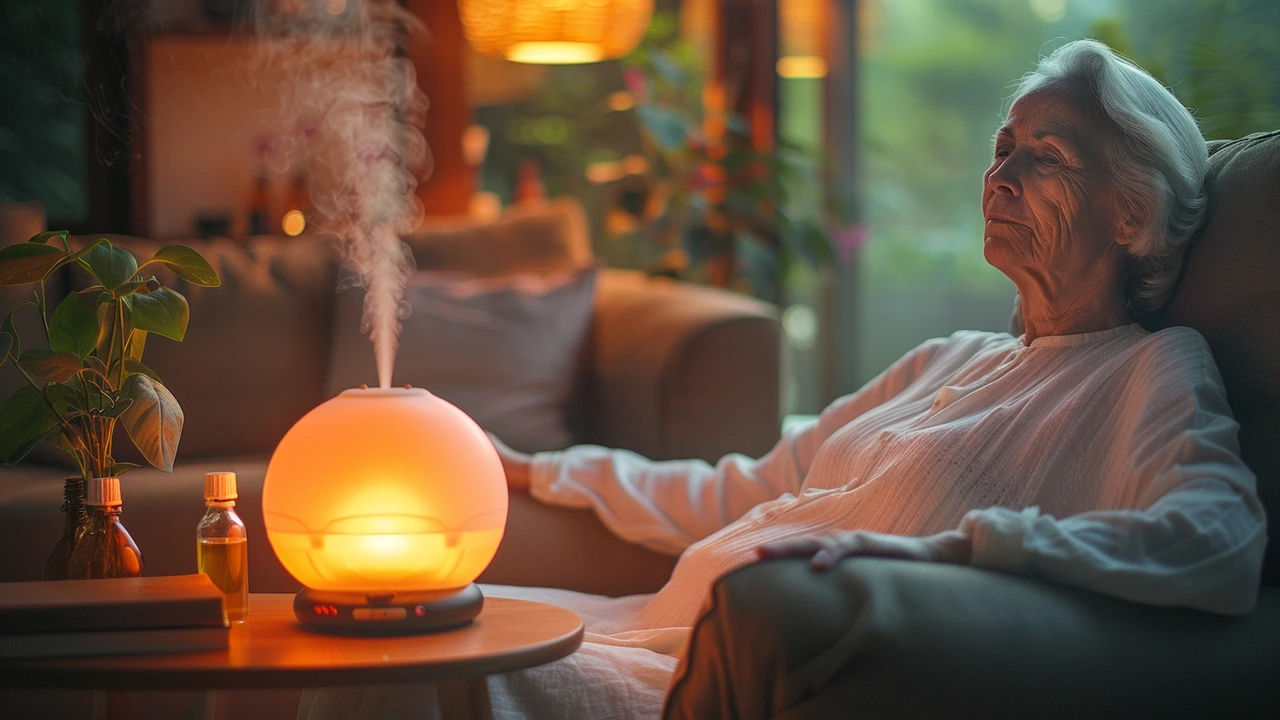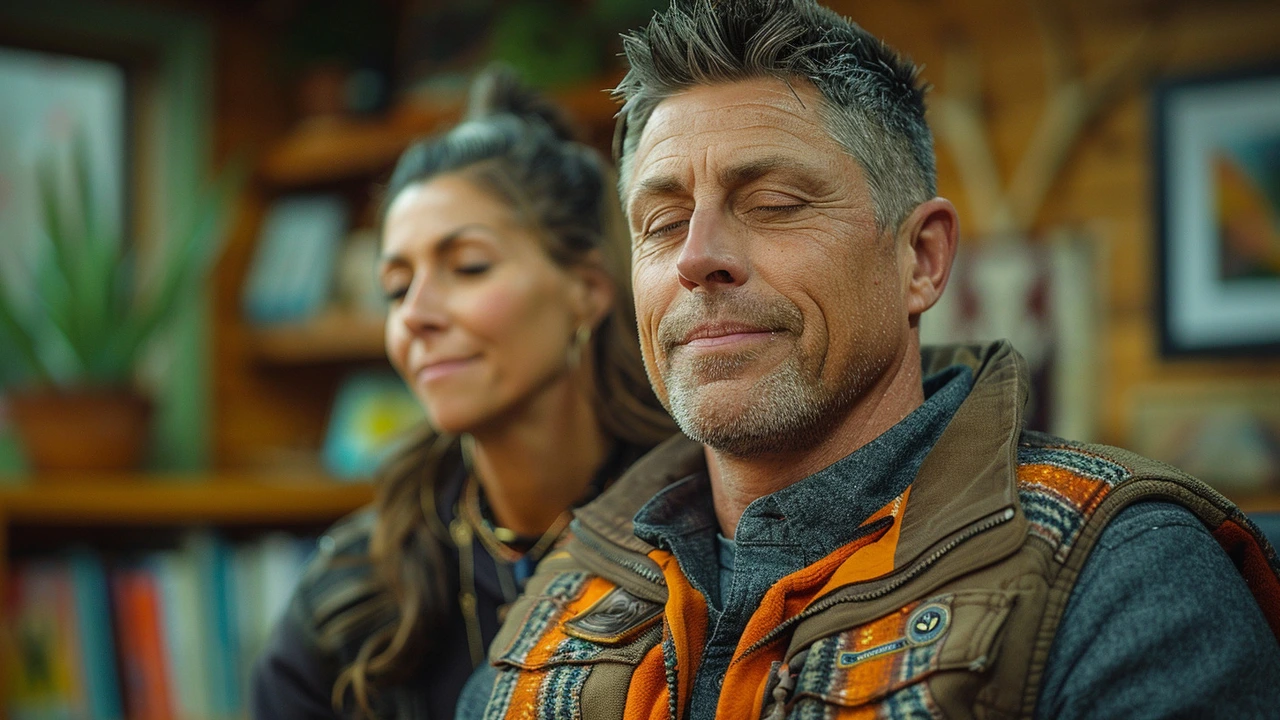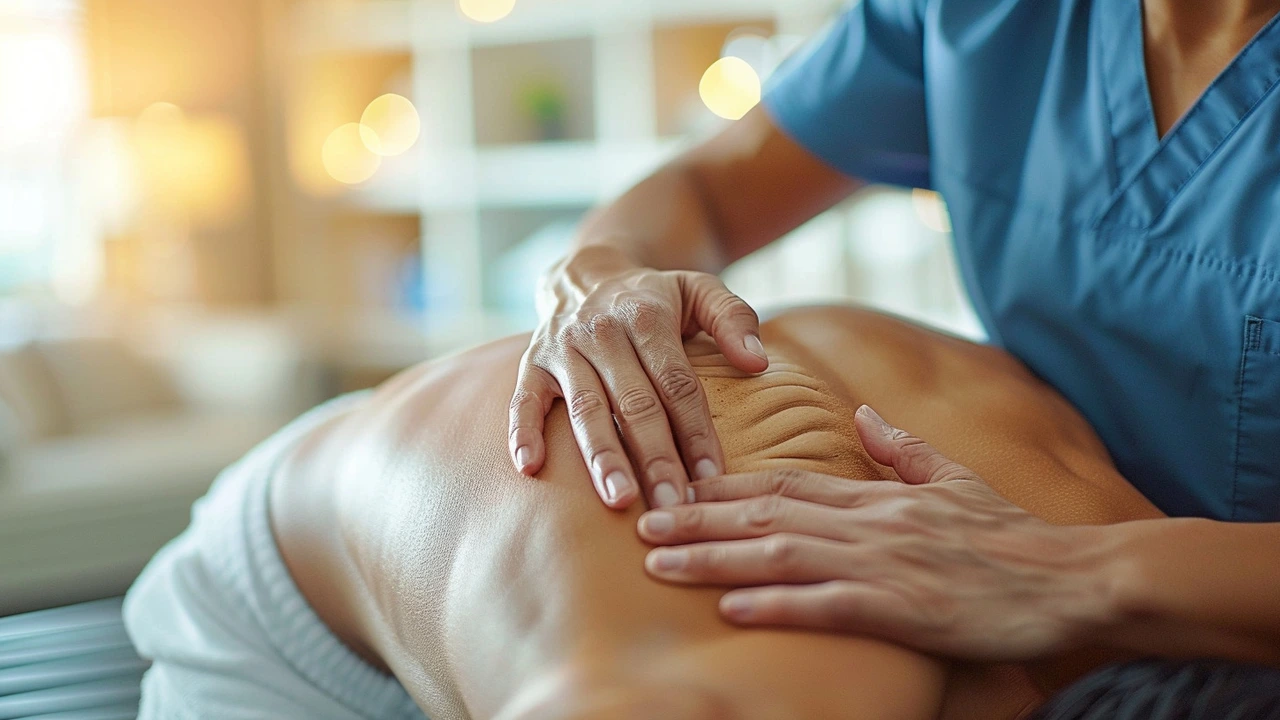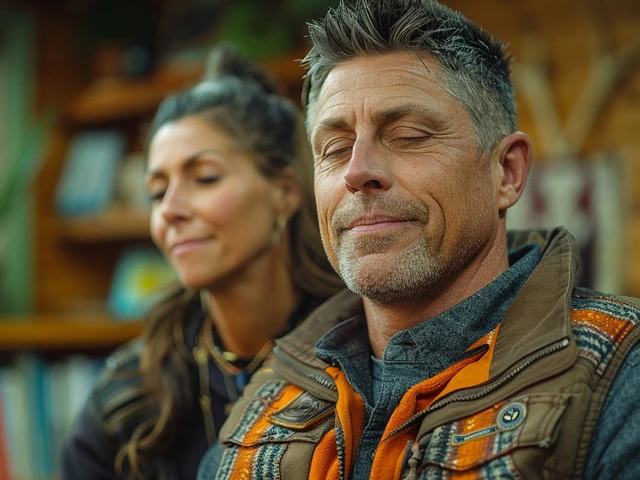Canine Wellness & Holistic Care — April 2024 Highlights
April brought a mix of practical how-tos and curious wellness trends. You’ll find clear guides on aromatherapy and massage alongside deeper looks at polarity and craniosacral therapy. Some pieces are aimed at human wellness but offer ideas you can adapt safely for your dog. Below I pull out the useful tips and safety steps so you can try what fits your life and your pup.
Top practical takeaways
Aromatherapy: the beginner’s guide explains which essential oils calm nerves and which to avoid around pets. Short tip: always dilute oils, never apply undiluted to a dog, and ask your vet before using anything new. For relaxation at home try a diffuser in a separate room for short periods, and watch your dog’s breathing and behavior for signs of stress.
Massage and trigger point work: several posts lay out straightforward ways to ease muscle tension. For dogs, use gentle, slow strokes and stop if the animal pulls away. If you feel a tight knot, apply steady light pressure for a few seconds rather than quick pokes. A trained therapist can show you how to adapt human techniques to canine anatomy.
Polarity and craniosacral therapy: these are gentle energy-based approaches. They’re low-impact and often reported to reduce stress and improve mobility. If you try them, pick a certified practitioner and plan short sessions to test how your dog or you respond. Don’t replace veterinary care — think of these as supportive care for recovery or chronic stress.
How to try new practices safely
Mindfulness and resilience: the military mindfulness piece gives simple breathing and focus drills. Use these to help your own stress when caring for a pet — calmer owners make calmer dogs. Try a 3-minute breathing break before handling vet visits or grooming sessions.
Diet and prevention: the diet article focuses on disease prevention through food choices. For dogs, that means balanced meals, appropriate portioning, and vet-approved supplements like omega-3s when needed. Don’t swap out a prescribed diet without checking with your vet.
Odd but interesting: snake massage and travel pieces are more about experience than routine care. Snake massage is niche and not pet-friendly; it’s best treated as an adventurous human-only option. The travel feature highlights natural places worth visiting — if you bring your dog, plan trail safety, vaccination checks, and local rules first.
Practical final notes: always consult pros for hands-on therapies, start slow, and monitor reactions closely. Combine simple at-home tools — short massages, calming scents used carefully, and mindful routines — to support both your and your dog’s wellness. April’s posts are a good toolkit if you prefer gentle, non-pharmaceutical options that work alongside conventional care.

Aromatherapy Essentials: A Comprehensive Guide for Beginners
This article delves into the world of aromatherapy, providing beginners with a comprehensive guide to understanding and using essential oils for health and wellness. Readers will learn about the historical roots of aromatherapy, the various types of essential oils, their benefits, and practical tips on how to integrate them into daily life. Whether seeking relaxation, improved mood, or pain relief, this guide offers valuable insights for anyone looking to enhance their well-being through the natural power of essential oils.

Exploring Polarity Therapy: A Comprehensive Guide to Holistic Healing Techniques
Polarity therapy is a unique form of holistic healing that harmonizes body, mind, and spirit. This article explores its fundamentals, techniques, and benefits. It delves into the historical background, the principles guiding polarity therapy, and practical applications. Case studies and patient testimonials offer insights into its effectiveness. The goal is to provide a deeper understanding of how polarity therapy can be a vital part of wellness journeys.

Exploring Hakali: A Gem of Natural Beauty and Cultural Richness
Discover the enchanting world of Hakali, a destination acclaimed for its untouched natural wonders and rich cultural tapestry. This article guides you through the mesmerizing landscapes and deeply-rooted cultural practices of Hakali, providing practical tips for travelers seeking a unique journey. From scenic vistas to vibrant local traditions, Hakali offers an unparalleled travel experience for adventurers and cultural enthusiasts alike.

Unlocking Relief: Top Advantages of Trigger Point Therapy Massage
Trigger point massage is a therapeutic technique designed to relieve pain and enhance wellness by focusing on specific areas of muscle tension called trigger points. This article delves into its top benefits including alleviation of muscle pain, improvement in mobility, effective stress reduction, enhancement of circulation, and its role in holistic health maintenance. Understanding these benefits allows individuals to make informed decisions about incorporating trigger point massage into their health regime.

Mindfulness in the Military: Enhancing Resilience and Mental Strength through Strategic Practices
The adoption of mindfulness practices within the military aims to bolster resilience, mental fortitude, and overall well-being among service members. This article explores how structured mindfulness interventions are integrated into military training to help personnel manage stress, improve cognitive function, and maintain psychological health in challenging environments. Through understanding these methods, military organizations can enhance coping mechanisms crucial for both active duty and life after service.

Unwinding with Serpents: Explore Snake Massage for Ultimate Relaxation
Snake massage is an unconventional yet intriguing approach to wellness that has been gaining attention. This therapeutic practice uses non-venomous snakes to provide a unique form of massage that is said to help with muscle relaxation and stress relief. By exploring the adventurous path of snake massage, individuals can experience an alternative method to wellness that combines the thrill of close contact with nature and the therapeutic benefits of touch. The massage involves carefully supervised interactions with snakes of various sizes, each providing a distinct sensation and intensity of pressure.

Harness the Power of Prenatal Massage for Enhanced Maternal Health and Relaxation
Prenatal massage offers a multifaceted approach to enhancing maternal well-being, focusing on alleviating common discomforts of pregnancy and fostering emotional tranquility. This article delves into the intricacies of prenatal massage, the plethora of benefits it promises for expecting mothers, and practical tips for safely incorporating this therapeutic practice into pregnancy care. Readers will gain insights into how prenatal massage can ease physical discomforts, reduce stress, and foster a deep connection between mother and baby, all while ensuring safety precautions are duly observed.

Optimizing Your Health: Diet as a Prevention Tool Against Chronic Diseases
Exploring the profound impact of diet on our health, this article delves into how a well-balanced and nutritious eating plan can serve as a cornerstone for disease prevention. It discusses the connection between dietary choices and the risk of developing chronic diseases, providing practical tips and insights for embracing healthier eating habits. The article also highlights the importance of understanding nutritional information and making conscious food choices, backed by research and expert opinions, to foster a healthier, disease-free life.

Discovering the Power of Craniosacral Therapy in Holistic Wellness Trends
Craniosacral therapy is rapidly becoming a prominent figure in the realm of holistic health care, offering a gentle yet powerful approach to healing and wellness. This therapy leverages subtle manipulations of the skull and spine to enhance the body's natural healing capabilities. It holds the potential to address a wide variety of health issues, from chronic pain to stress-related ailments. Dive into the intricacies of craniosacral therapy and discover why it's considered the next big thing in holistic health.




